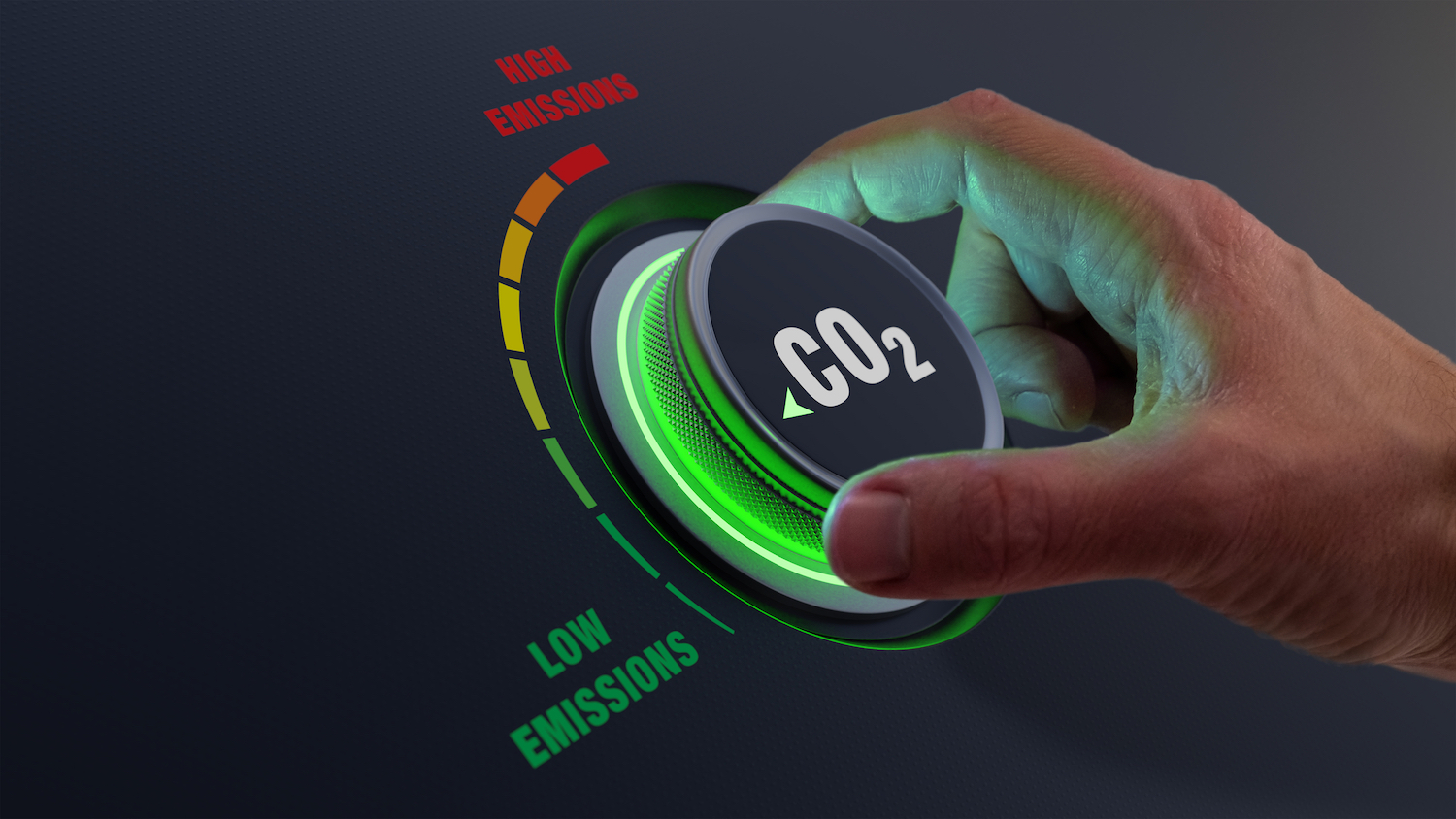
The Skanska Costain Strabag joint venture on HS2’s Euston project is testing a crane powered by Formula 1-style technology that can drastically reduce CO2 emissions.
Part of HS2’s innovation programme, the tower crane on the Euston site, is powered by a 200kVA generator paired with an energy-storing flywheel system developed by Silverstone-based engineering specialist Punch Flybrid. Normally, a tower crane on such a project would be powered by a 500kVA diesel generator.
Results from May 2022 show that the hybrid crane more than halved the diesel consumption of a single tower crane to 6.3 litres per hour. That equates to a saving of 4.8 tonnes of carbon – equivalent to the average monthly CO2 emissions of 40 family cars.
Incorporated inside the Punch Flybrid-supplied unit, the flywheel is housed in a vacuum chamber to all but eliminate energy-sapping resistance that would result from contact with the air.
The technology explained

The technology matches the power of larger, thirstier generators by using the 200kVA generator’s surplus power during the crane’s low load periods to charge the spinning flywheel to very high speeds, equivalent to a ground speed of 550mph. The kinetic energy stored by the flywheel can then be quickly released to support the generator when the crane demands maximum power to lift heavy loads.
Punch Hybrid’s technology was developed for Formula 1 and endurance racing, including the 24 Hours of Le Mans race.
The Flybrid system is designed to work with hydrogen, mains electricity and battery-powered generators.
Investing in long-term schemes
Rob Cairns, HS2 innovation manager, said: “Delivering Britain’s zero-carbon, high-speed rail network for the 21st century is a national endeavour that is drawing on skills and technology both in and beyond the rail and construction sectors.
“Our trial work with Punch Flybrid is another great example of how investing in long-term national infrastructure programmes creates opportunities to draw on technology from across the economy that could potentially unlock significant benefits for our industry.”
Tobias Knichel, MD of Punch Flybrid, added: “We developed our flywheel technology to improve performance and efficiency at the very pinnacle of the automotive industry, but its fundamentals mean there are opportunities to deploy its benefits in other sectors.”
The trial ends later this year.
Comments
Comments are closed.












Why use a generator?
Surely an electrical supply could be provided to the crane?